Home>Furniture>Outdoor Furniture>What Wood To Use For Decking
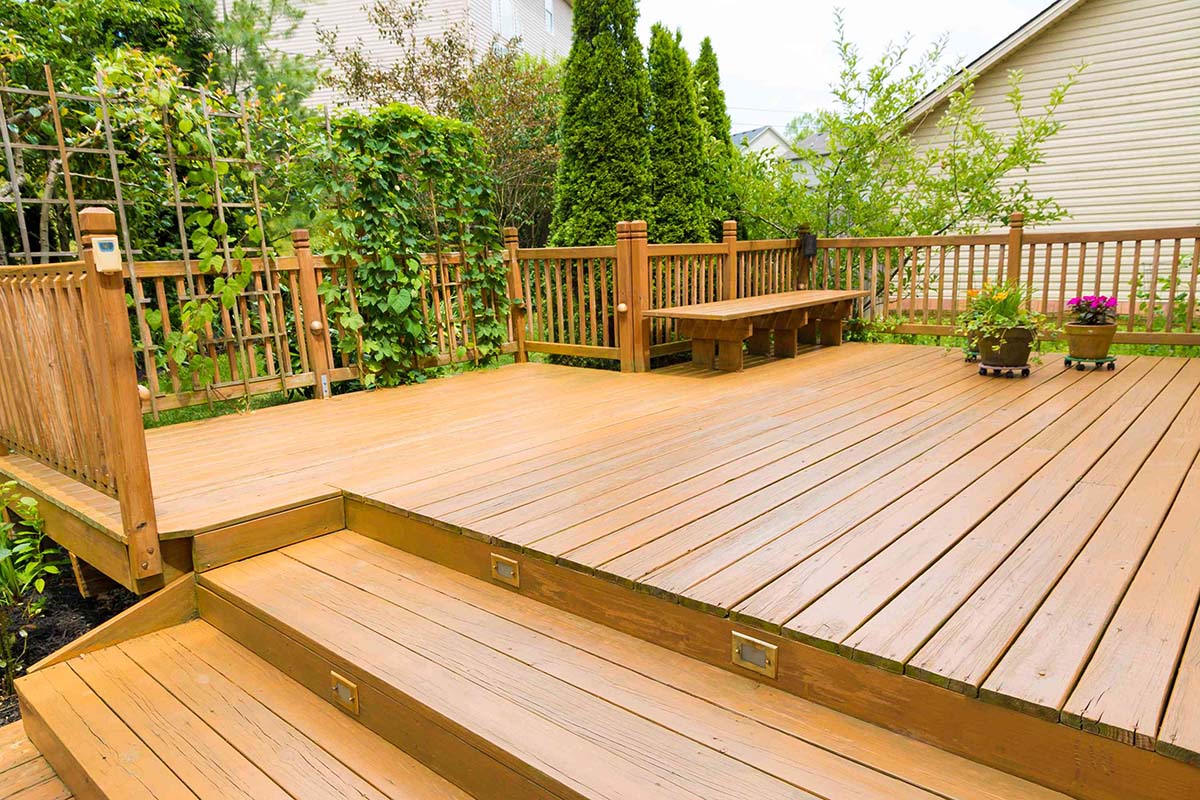

Outdoor Furniture
What Wood To Use For Decking
Modified: March 15, 2024
Looking for the perfect wood for your decking? Discover our top recommendations for outdoor furniture, ensuring durability and beauty in every piece.
(Many of the links in this article redirect to a specific reviewed product. Your purchase of these products through affiliate links helps to generate commission for Storables.com, at no extra cost. Learn more)
Introduction
When it comes to creating an inviting and functional outdoor space, one of the key elements to consider is the type of wood used for decking. Decking not only enhances the aesthetic appeal of your outdoor area but also provides a durable and comfortable surface for relaxation and entertainment.
With a variety of wood options available, choosing the right one can seem like a daunting task. Each type of wood brings its own unique characteristics, such as durability, appearance, and maintenance requirements. In this article, we will explore the different types of wood commonly used for decking and the factors to consider when making your selection.
So, whether you’re renovating your existing deck or starting from scratch, read on to discover the best wood options for your outdoor oasis.
Key Takeaways:
- Choose cedar for a beautiful, durable, and low-maintenance deck with natural resistance to warping and a pleasant aroma, creating a timeless outdoor oasis.
- Consider composite wood for a versatile, sustainable, and low-maintenance deck that mimics the natural beauty of wood while offering exceptional durability and design options.
Read more: What Wood To Use For Decking Frame
Types of Wood for Decking
When it comes to choosing the right wood for decking, it’s important to consider factors such as durability, resistance to weather elements, maintenance requirements, and overall appearance. Here are four popular types of wood commonly used for decking:
-
Cedar
Cedar is a popular choice for decking due to its natural beauty and exceptional durability. It is known for its rich reddish-brown color and its resistance to rot, decay, and insect damage. Cedar is also naturally resistant to warping and splitting, making it an excellent choice for outdoor use. Additionally, it has a pleasant aroma that adds a touch of serenity to your outdoor space.
-
Redwood
Redwood is another highly sought-after wood for decking due to its stunning appearance and durability. It is known for its deep red and amber tones, which add warmth and elegance to any outdoor setting. Redwood is naturally resistant to decay, insects, and rot, making it a long-lasting choice for decks. It also has impressive dimensional stability, meaning it is less likely to shrink or warp over time.
-
Pressure-treated Wood
Pressure-treated wood is a cost-effective option that is widely used for decking. It is made from pine or other softwoods that have been treated with chemical preservatives under high pressure to enhance their resistance to rot, decay, and insect infestation. Pressure-treated wood is highly durable and offers a long lifespan, making it a popular choice for outdoor projects.
-
Read more: What Type Of Wood Is Used For Outdoor Decks
Composite Wood
Composite wood, also known as engineered wood or wood-plastic composite (WPC), is a blend of wood fibers and recycled plastic. This type of decking material offers the appearance of natural wood while providing exceptional durability and low maintenance. Composite wood is resistant to rot, insects, and warping, making it an ideal choice for areas with high moisture or heavy foot traffic. It is also available in a wide range of colors and finishes, allowing for endless design possibilities.
Each type of wood has its own advantages and considerations. It is important to evaluate your specific needs and preferences before making a decision. By choosing the right wood for your decking, you can create a stylish and long-lasting outdoor space that will be enjoyed for years to come.
Cedar
Cedar is a popular choice for decking due to its natural beauty and exceptional durability. It is known for its rich reddish-brown color and its resistance to rot, decay, and insect damage. Let’s explore further why cedar is a great choice for your decking needs:
1.1 Natural Beauty: One of the key reasons why cedar is highly sought after for decking is its aesthetic appeal. Cedar has a warm, natural color that adds a touch of elegance to any outdoor space. The reddish-brown hue not only looks visually appealing but also has a timeless charm that complements various architectural styles.
1.2 Durability: Cedar is renowned for its durability, making it an ideal choice for decking. It has natural oils and tannins that act as a natural preservative, making it resistant to rot, decay, and insect damage. This durability ensures that your deck will withstand the test of time, even in harsh weather conditions.
1.3 Resistance to Warping and Splitting: Another advantage of cedar is its natural resistance to warping and splitting. Due to its low density and inherent dimensional stability, cedar decking boards are less likely to warp or crack over time. This means that your deck will maintain its structural integrity and aesthetics for years to come, without the need for constant repairs or replacements.
1.4 Sustainability: Cedar is considered an environmentally-friendly choice for decking. It is a renewable resource, as cedar trees can be harvested sustainably without causing long-term damage to the environment. Choosing cedar for your deck also reduces the need for chemical treatments since it naturally repels insects and decay-causing organisms.
1.5 Aromatic Fragrance: One unique characteristic of cedar is its pleasant aroma. The natural oils in cedar wood emit a refreshing scent, which can enhance your outdoor experience. The aromatic fragrance of cedar creates a relaxing and peaceful atmosphere in your outdoor space, making it the perfect spot for relaxation or entertaining guests.
Overall, cedar is an excellent choice for decking due to its natural beauty, durability, resistance to warping and splitting, sustainability, and aromatic fragrance. It offers a timeless and elegant look while providing long-lasting performance. By choosing cedar for your decking needs, you can create a stunning outdoor space that will be enjoyed for years to come.
Redwood
Redwood is another highly sought-after wood for decking, known for its stunning appearance and exceptional durability. Let’s delve into the reasons why redwood is a fantastic choice for your decking needs:
2.1 Stunning Appearance: Redwood is prized for its natural beauty and distinctive coloring. It boasts deep red and amber tones that add warmth and elegance to any outdoor setting. The rich hues of redwood create a visually appealing and captivating deck that will enhance the aesthetics of your outdoor space.
2.2 Durability: Redwood is renowned for its exceptional durability, making it an ideal choice for decking. It has inherent natural properties that make it resistant to rot, insects, and decay. Redwood contains tannins and oils that act as natural preservatives, offering protection against elements and extending the lifespan of your deck.
2.3 Dimensional Stability: Another advantage of redwood is its impressive dimensional stability. Due to its unique cell structure, redwood experiences minimal shrinkage, expansion, and warping. This means that your redwood deck will maintain its structural integrity and appearance over time, providing a stable and comfortable surface for relaxation and entertainment.
2.4 Sustainability: Redwood is considered an environmentally-friendly choice for decking. It is a renewable resource, as redwood trees can be sustainably harvested, ensuring the long-term health and availability of the species. Choosing redwood for your deck also reduces the need for chemical treatments, as it naturally repels insects and has inherent resistance to decay.
2.5 Natural Insulation: Redwood possesses excellent natural insulation properties, keeping your deck comfortable regardless of the weather. It remains cool to the touch even under direct sunlight, allowing you to enjoy your deck without the risk of burning your feet. This makes redwood an ideal choice for areas with hot climates or intense sun exposure.
Overall, redwood is a top choice for decking due to its stunning appearance, exceptional durability, dimensional stability, sustainability, and natural insulation properties. It adds a touch of elegance and warmth to your outdoor space while offering long-lasting performance. By selecting redwood for your decking needs, you can create a visually striking and inviting outdoor oasis.
Pressure-treated Wood
Pressure-treated wood is a popular and cost-effective choice for decking, offering durability and resistance to rot, decay, and insect infestation. Let’s explore the reasons why pressure-treated wood is a practical option for your decking needs:
3.1 Affordability: One of the primary advantages of pressure-treated wood is its affordability. It is typically less expensive than other wood options, making it a budget-friendly choice for decking projects. If you have a large deck or are working with a limited budget, pressure-treated wood can provide a cost-effective solution without compromising on durability.
3.2 Durability: Pressure-treated wood undergoes a treatment process that involves injecting preservatives into the wood under high pressure. This treatment significantly enhances the wood’s resistance to rot, decay, and insect damage, making it highly durable and long-lasting. Pressure-treated wood decks can withstand years of exposure to harsh weather conditions without significant deterioration.
3.3 Low Maintenance: Pressure-treated wood requires minimal maintenance compared to some other wood options. Although it is recommended to periodically apply a water-resistant sealant or stain to maintain its appearance and prolong its lifespan, pressure-treated wood is naturally resistant to moisture and rot, reducing the need for regular upkeep. This makes it an attractive choice for individuals who prefer a low-maintenance decking solution.
3.4 Versatility: Pressure-treated wood is available in various sizes and dimensions, allowing for versatility in deck design. It can be easily cut and shaped to fit different layouts and architectural styles. Whether you desire a traditional deck or a more unique and customized design, pressure-treated wood can accommodate your specific vision.
3.5 Availability: Pressure-treated wood is widely available and can be found at most home improvement stores. This accessibility makes it convenient for individuals embarking on a decking project, as it can be easily sourced and delivered to your location. Additionally, its widespread availability ensures a range of options in terms of sizes and grades.
Overall, pressure-treated wood offers an affordable, durable, low-maintenance, and versatile solution for decking projects. While it may not possess the natural beauty or unique characteristics of other wood types, it remains a practical and popular choice for individuals seeking a reliable and cost-effective decking material.
Read more: How To Use A Fire Pit On A Wood Deck
Composite Wood
Composite wood, also known as engineered wood or wood-plastic composite (WPC), is a popular choice for decking due to its blend of natural wood fibers and recycled plastic. Let’s explore the reasons why composite wood is a fantastic option for your decking needs:
4.1 Natural Appearance: Composite wood is designed to mimic the natural beauty of wood while offering enhanced durability and low maintenance. It is available in a wide range of colors, textures, and finishes, allowing you to achieve the desired look for your outdoor space. Composite wood can replicate the appearance of various wood species, from the rich hues of cedar and redwood to the elegant tones of mahogany or teak.
4.2 Durability: One of the key advantages of composite wood is its exceptional durability. It is specifically engineered to withstand the harshest weather conditions, including UV rays, moisture, and temperature fluctuations. Composite wood resists rot, decay, splintering, and insect damage, ensuring a long-lasting and low-maintenance deck that will retain its beauty for many years.
4.3 Low Maintenance: Composite wood requires minimal maintenance, making it an attractive option for those seeking a hassle-free decking material. Unlike traditional wood, composite decking does not require sanding, staining, or sealing. Regular cleaning with soap and water is usually sufficient to keep your deck looking its best. This significantly reduces the time and effort required to maintain its appearance, allowing you to spend more time enjoying your outdoor space.
4.4 Sustainability: Composite wood is an environmentally-friendly choice for decking. It is typically made from a combination of recycled materials, such as plastic bags and wood scraps. By utilizing these recycled materials, composite wood helps reduce waste and is a sustainable alternative to traditional timber. Choosing composite wood for your deck also eliminates the need for chemical treatments, making it a safer choice for your family and the environment.
4.5 Versatility: Composite wood offers excellent versatility in terms of design options. It can be easily shaped and cut to create custom layouts and patterns. Composite wood also allows for hidden fasteners, providing a sleek and seamless appearance. Additionally, it is resistant to warping, splintering, and cracking, allowing for creative deck designs without sacrificing durability.
Overall, composite wood combines the natural aesthetics of wood with the durability and low maintenance of modern technology. It offers a wide variety of design options, exceptional durability, low maintenance requirements, and sustainable qualities. By choosing composite wood for your decking needs, you can have a beautiful and long-lasting outdoor space that requires minimal upkeep.
When choosing wood for decking, consider the durability and resistance to rot and insects. Hardwoods like ipe and cedar are good options, while pressure-treated pine is a more budget-friendly choice.
Factors to Consider when Choosing Decking Wood
When selecting the right wood for your decking project, it’s crucial to consider several factors to ensure you make an informed decision. Here are some key factors to keep in mind:
1. Durability: Consider the durability of the wood species you are considering. Look for wood that is resistant to rot, decay, and insect damage. Choosing a durable wood will ensure that your deck withstands the elements and remains structurally sound for many years.
2. Maintenance Requirements: Evaluate the maintenance requirements of the wood species. Some woods may require regular sealing, staining, or painting to protect them from moisture, UV rays, and other environmental factors. If you prefer a low-maintenance option, consider materials like composite wood that require minimal upkeep.
3. Aesthetic Appeal: Consider the natural beauty and appearance of the wood species. Different woods have unique grain patterns and colors that can enhance the overall look of your deck. Choose a wood that complements the style of your home and outdoor space.
4. Longevity: Determine the expected lifespan of the wood species you are considering. While some woods may last for decades, others may require more frequent replacement or repairs. Consider the long-term investment and choose a wood species that offers the desired longevity and value.
5. Environmental Impact: Consider the environmental impact of the wood species. Look for wood that is sourced sustainably, preferably from certified forests. Choosing responsibly harvested wood helps support conservation efforts and reduces the negative impact on natural resources.
6. Budget: Evaluate your budget and consider the cost of the decking wood. Different wood species vary in price, and exotic or rare woods may be more expensive. It’s important to find a balance between your desired wood type and your budget constraints.
7. Climate suitability: Consider the climate and weather conditions in your area. Some wood species may be better suited to specific climates, such as those that are naturally resistant to moisture or extreme temperature fluctuations. Choose a wood that can withstand the climate conditions in your region.
8. Slip Resistance: If safety is a concern, look for wood that offers good slip resistance. Textured or grooved decking boards can provide better traction and reduce the risk of slipping, especially in wet or damp conditions.
9. Local Building Codes and Regulations: Check with your local building codes and regulations to ensure that the wood you choose complies with the requirements for structural integrity and fire resistance. It’s essential to use wood that meets the safety standards in your area.
By considering these factors, you can make an informed decision and select the right wood species for your decking project. Remember to evaluate your specific needs, budget, and preferences to create an outdoor space that is not only visually appealing but also durable and functional.
Conclusion
Choosing the right wood for your decking project is essential to create a beautiful, durable, and functional outdoor space. Whether you opt for the natural beauty of cedar or redwood, the affordability of pressure-treated wood, or the low maintenance of composite wood, each option has its unique characteristics and benefits.
Consider factors such as durability, maintenance requirements, aesthetic appeal, longevity, environmental impact, budget, climate suitability, slip resistance, and local building codes when making your decision. By carefully evaluating these factors, you can select the wood species that best suits your needs, preferences, and budget.
Remember, it’s important to strike a balance between aesthetics and practicality. While you want your decking material to enhance the visual appeal of your outdoor space, it should also be able to withstand the elements and remain durable over time. Additionally, consider the maintenance requirements and long-term costs associated with each type of wood.
Whether you choose the rich hues of cedar or the timeless elegance of redwood, the cost-effective option of pressure-treated wood, or the low-maintenance benefits of composite wood, ensure that your selected wood complements the style of your home and outdoor space.
By taking into account these factors and making an informed decision, you can create a stunning deck that will serve as a comfortable and inviting extension of your living space. So, gather inspiration, do your research, and select the perfect wood for your decking project to enjoy years of outdoor relaxation, entertainment, and enjoyment.
Frequently Asked Questions about What Wood To Use For Decking
Was this page helpful?
At Storables.com, we guarantee accurate and reliable information. Our content, validated by Expert Board Contributors, is crafted following stringent Editorial Policies. We're committed to providing you with well-researched, expert-backed insights for all your informational needs.
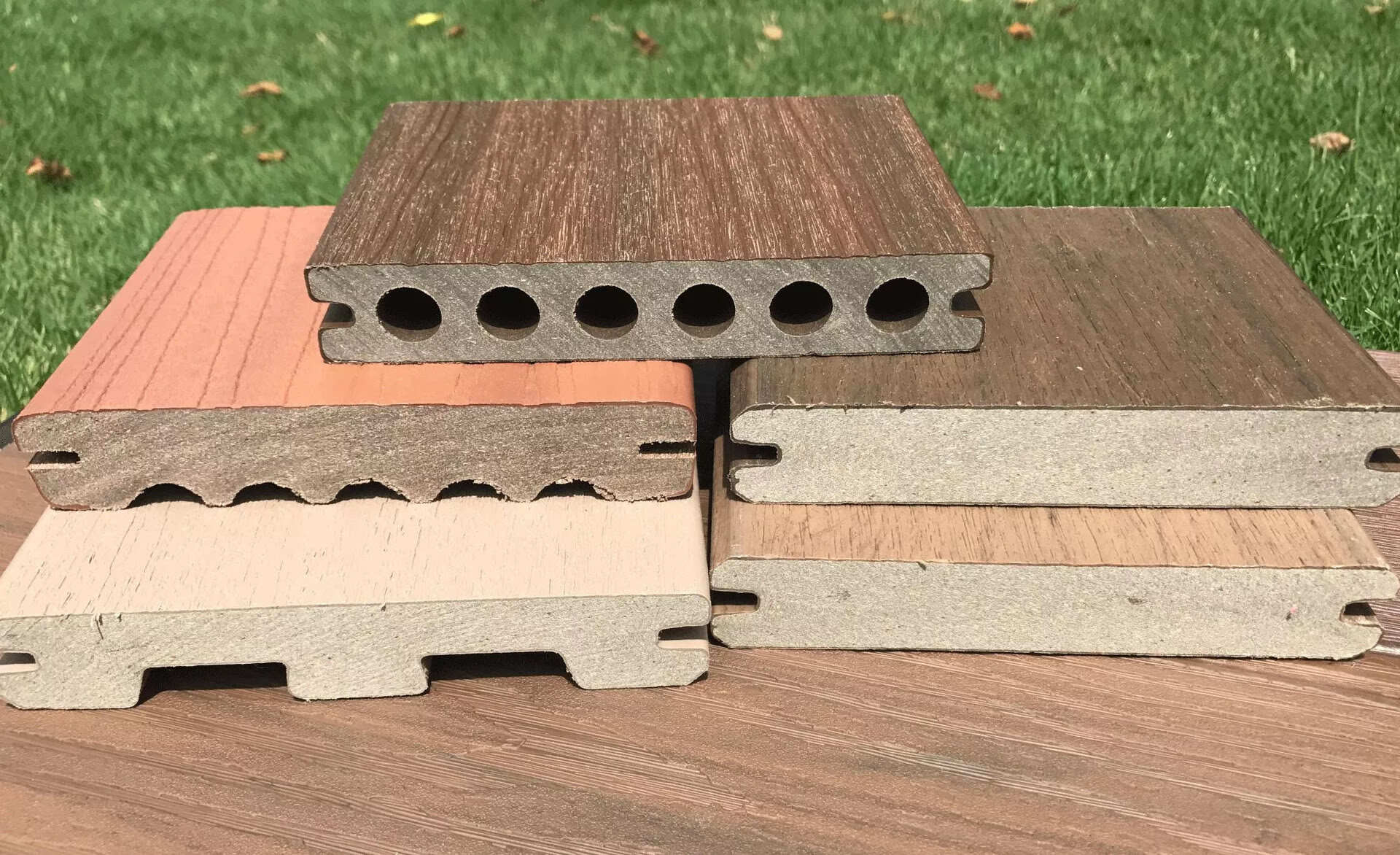
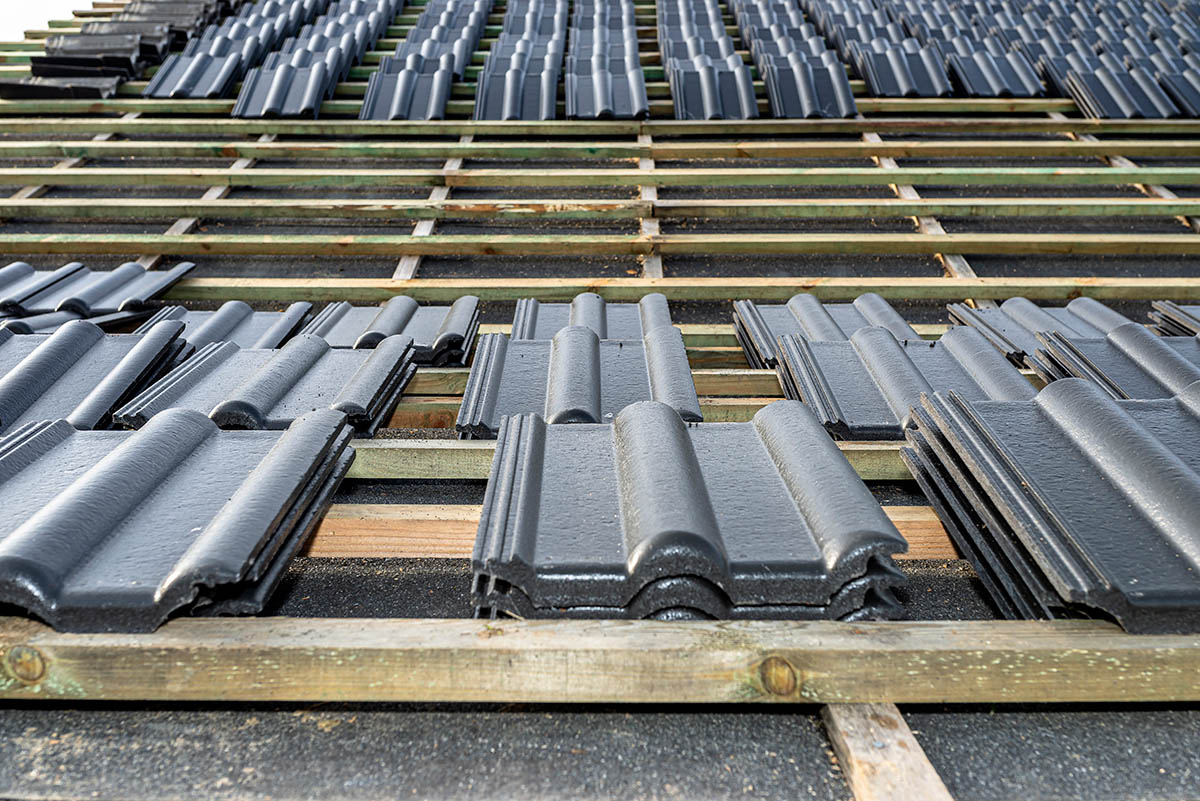
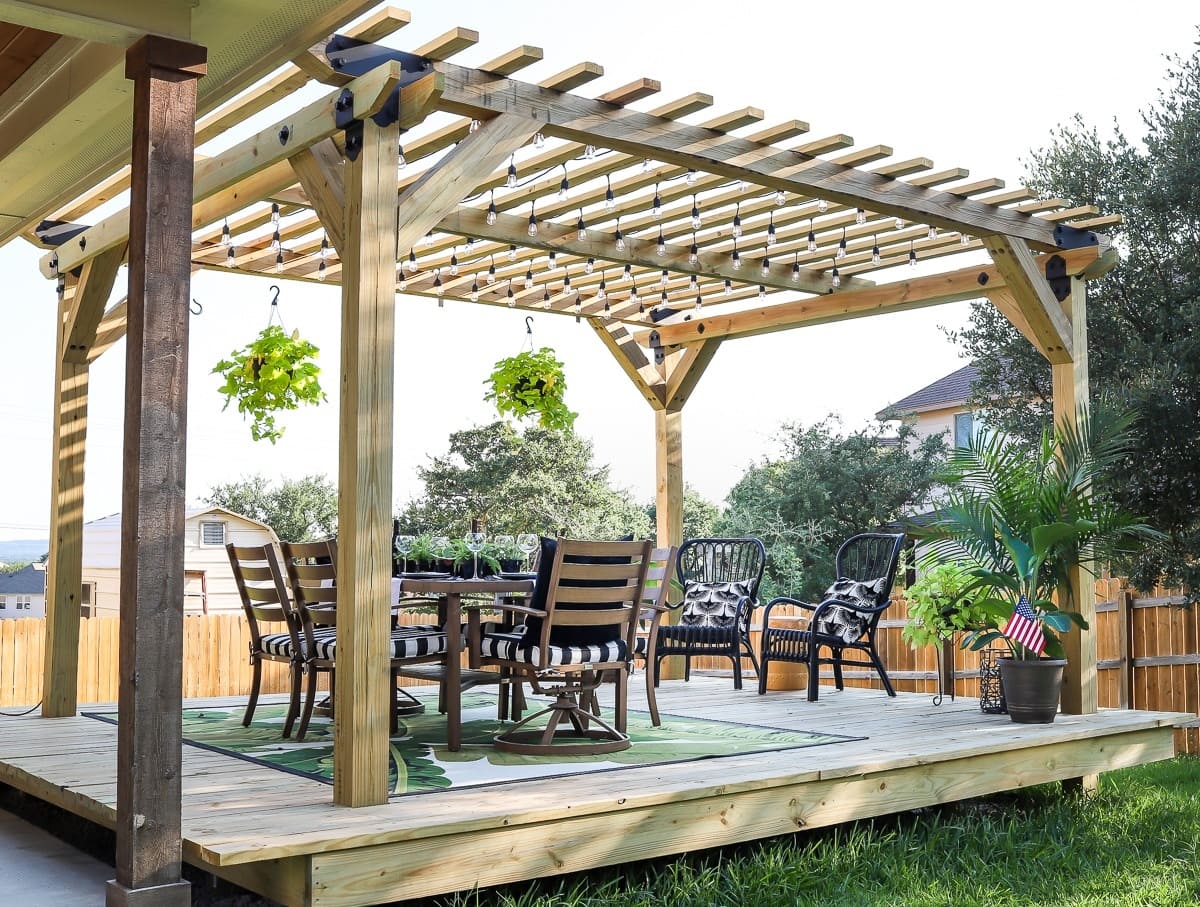
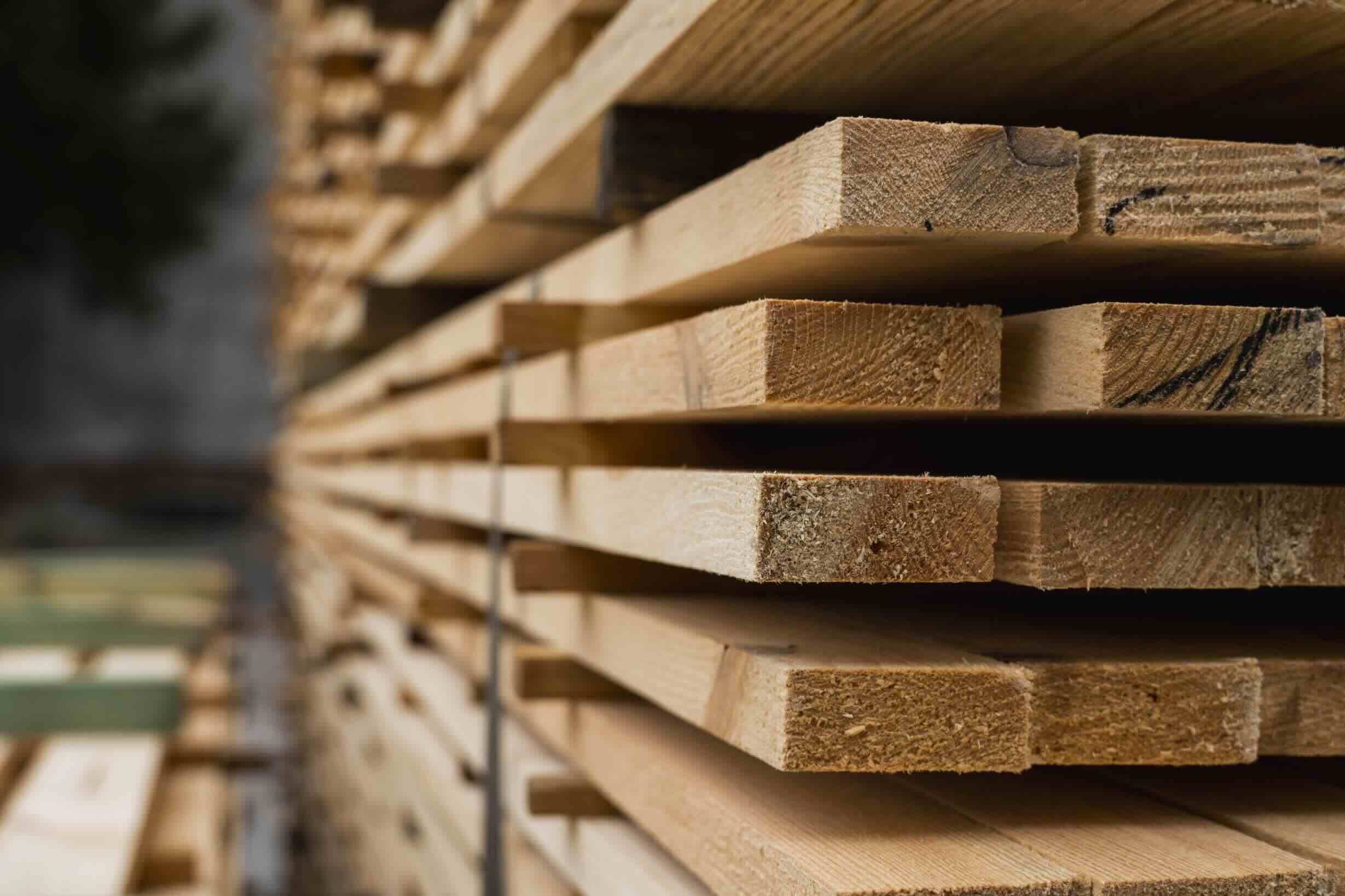
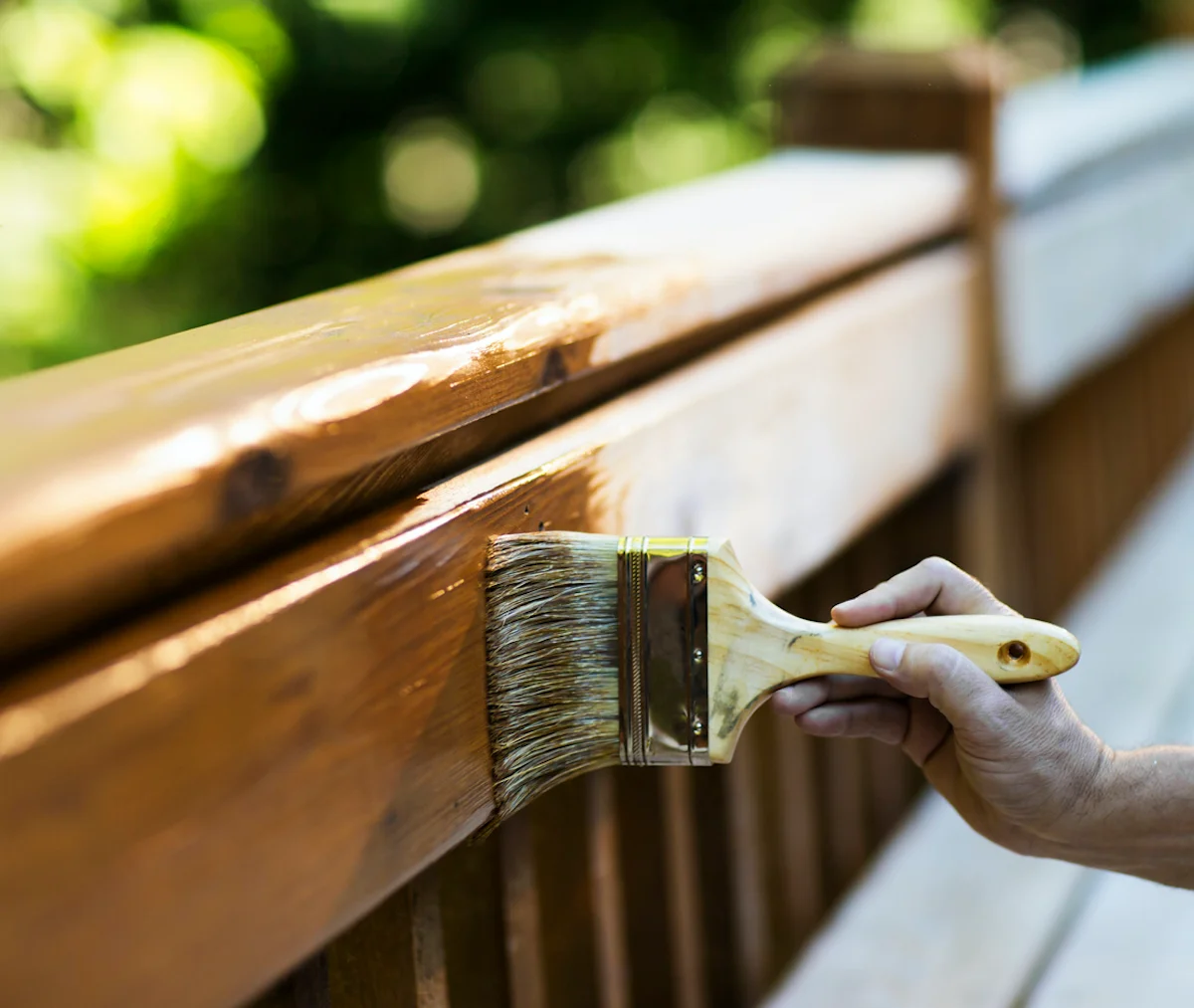
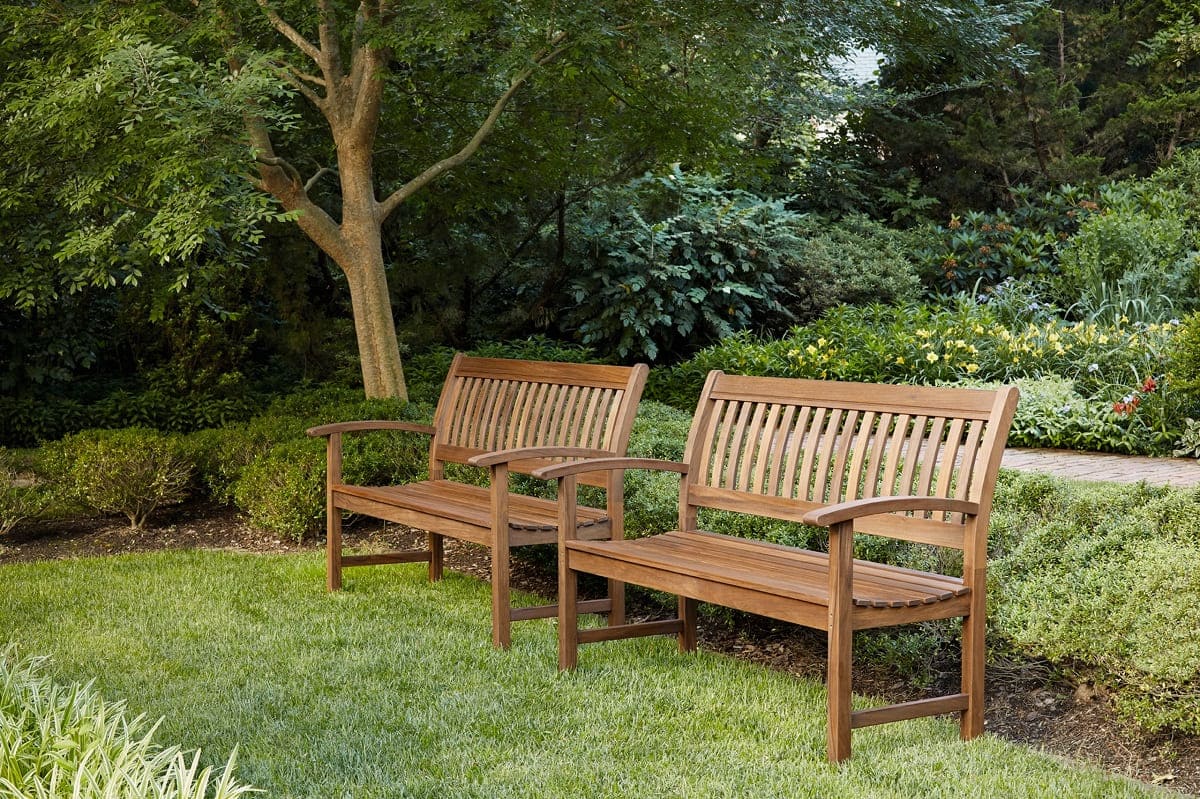
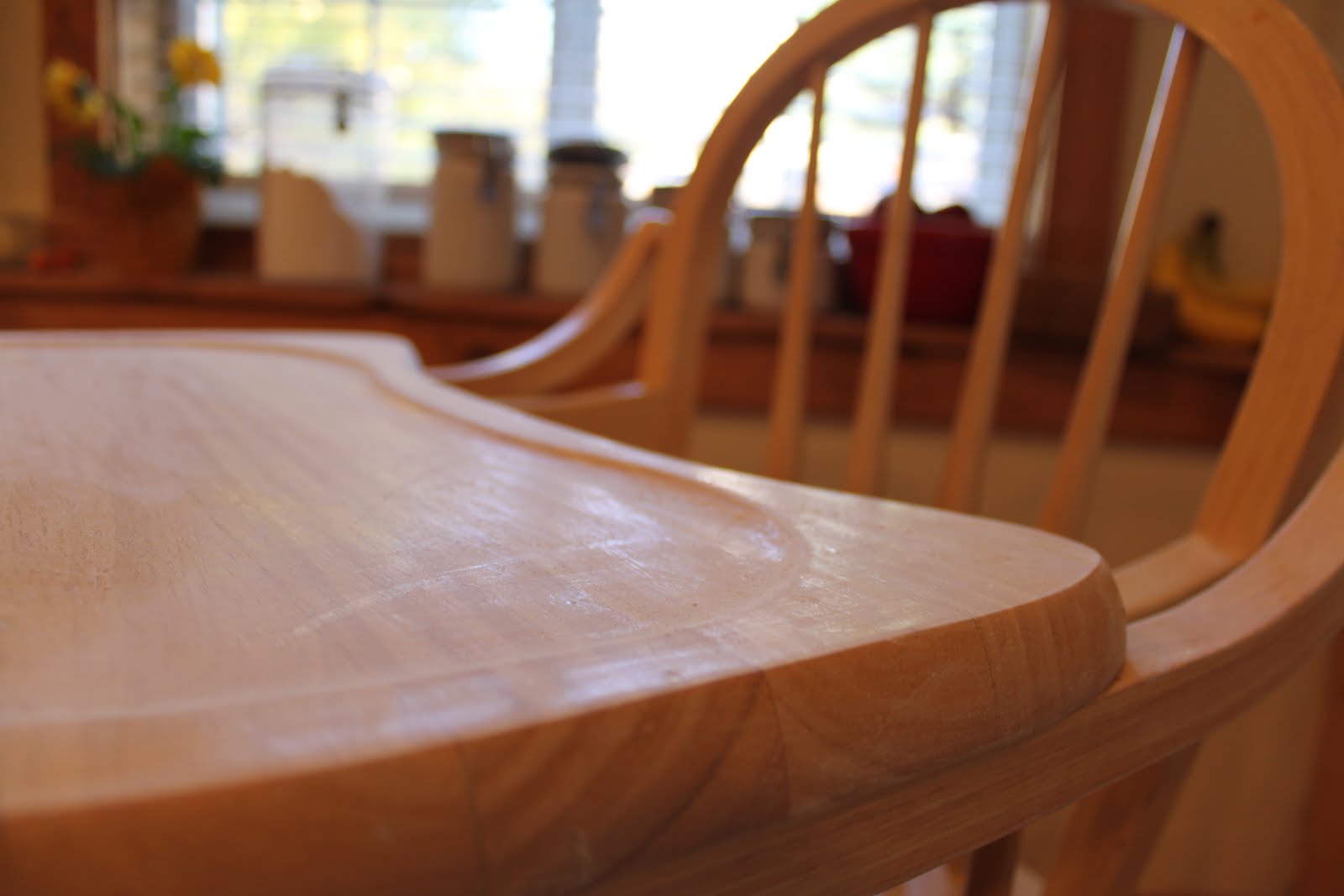
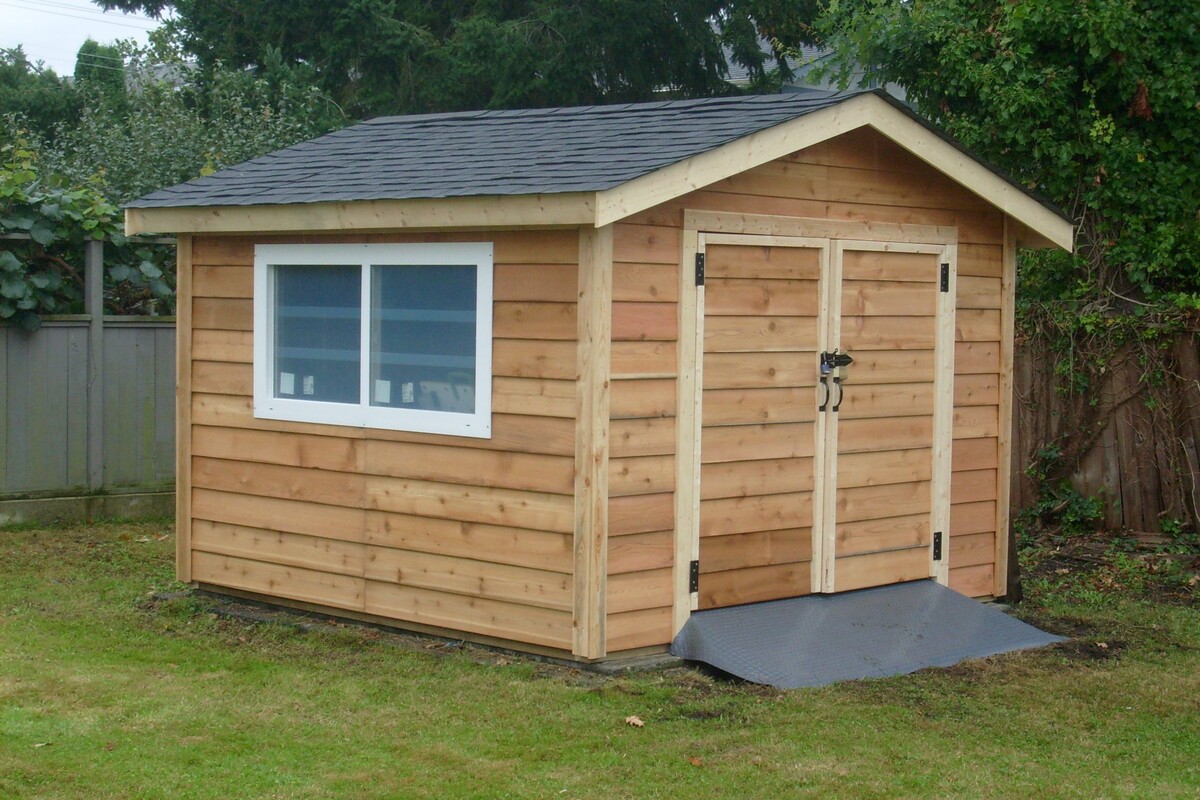
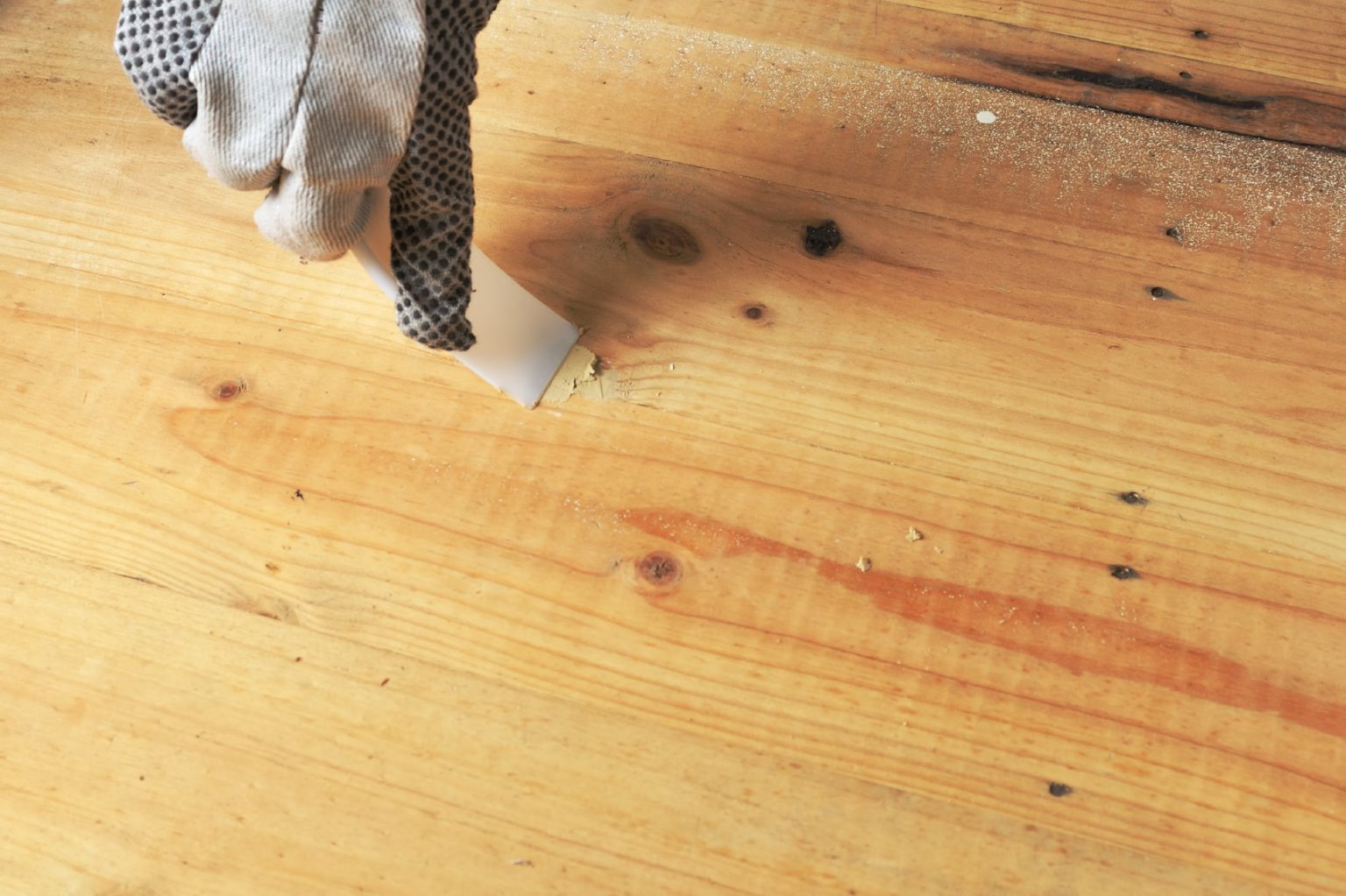
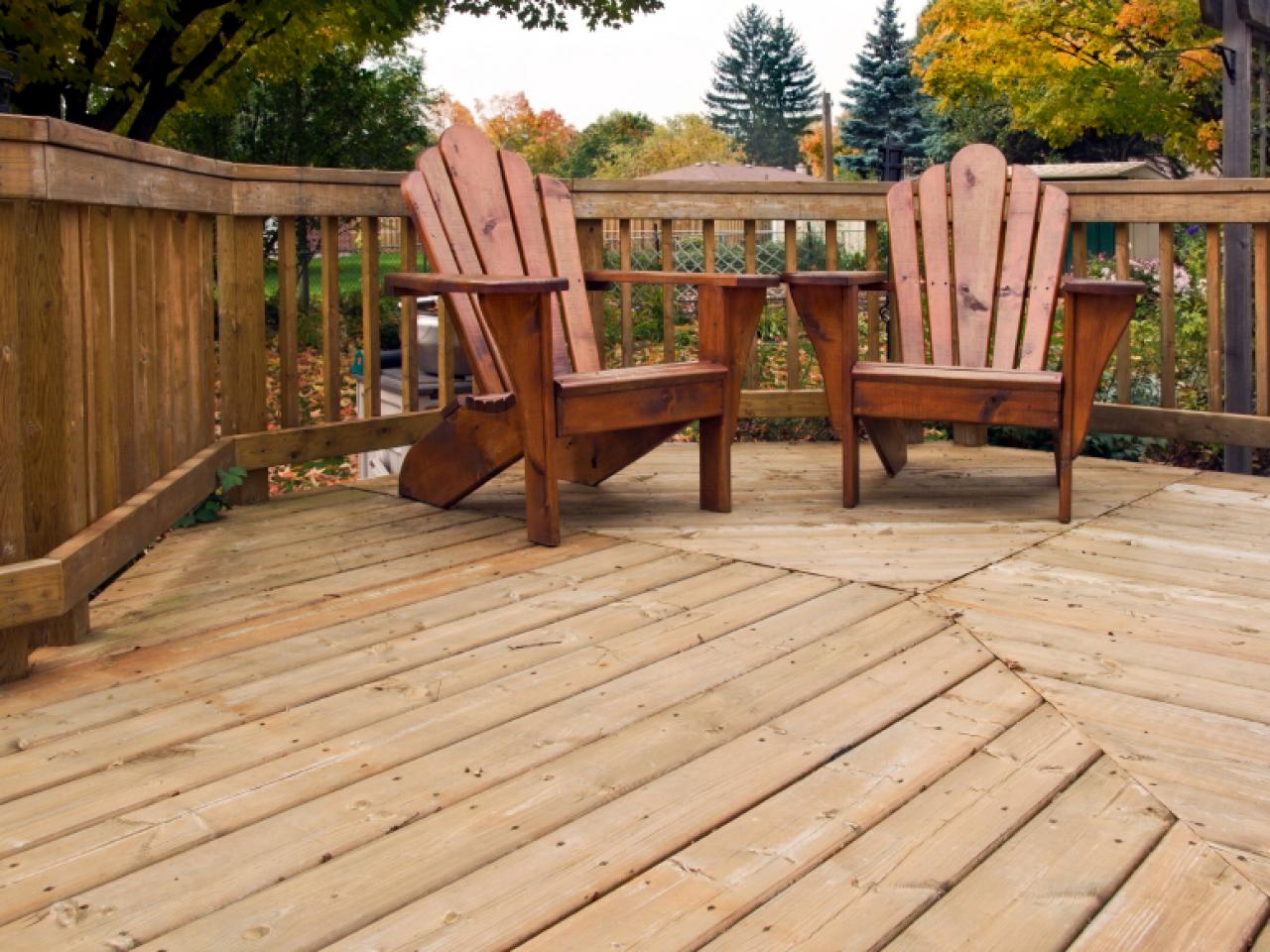
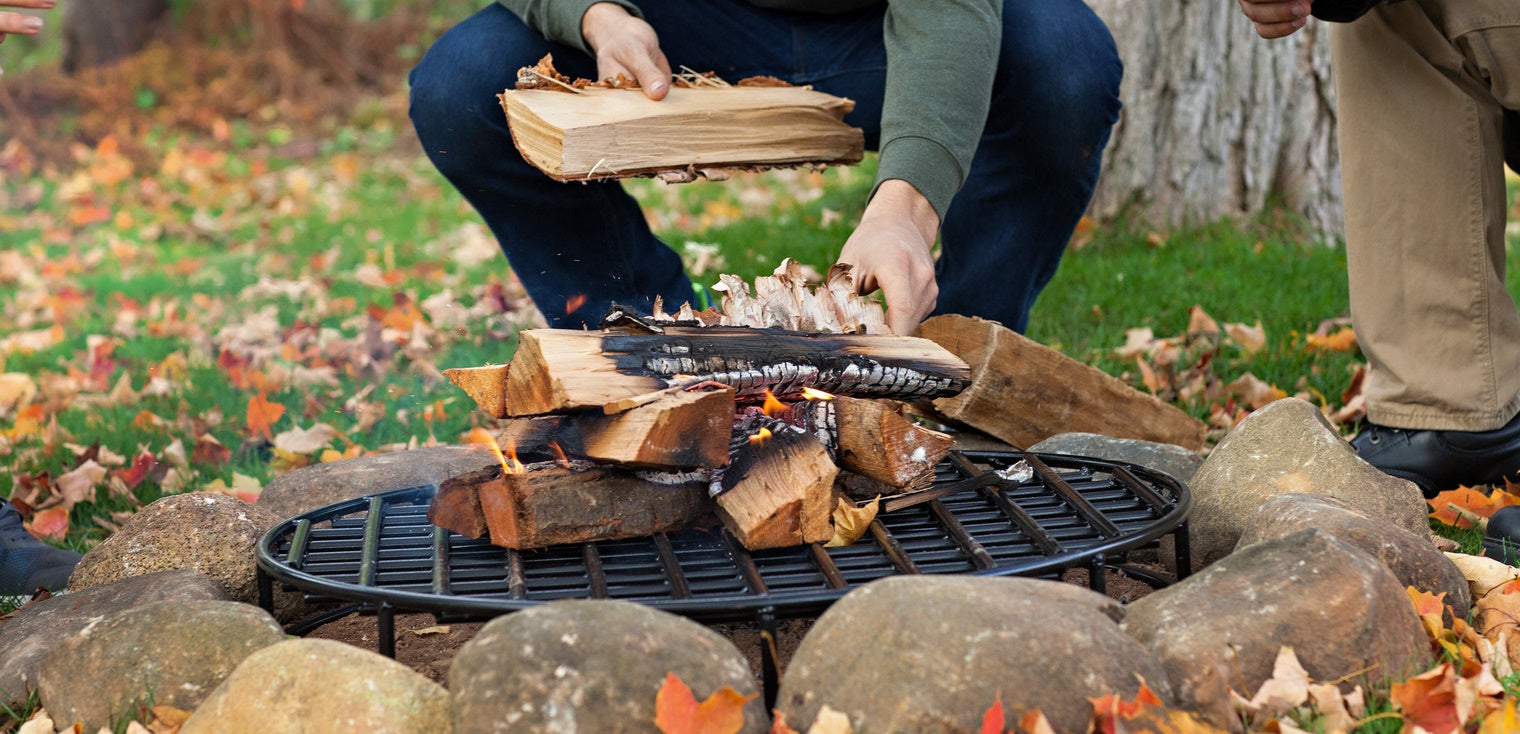
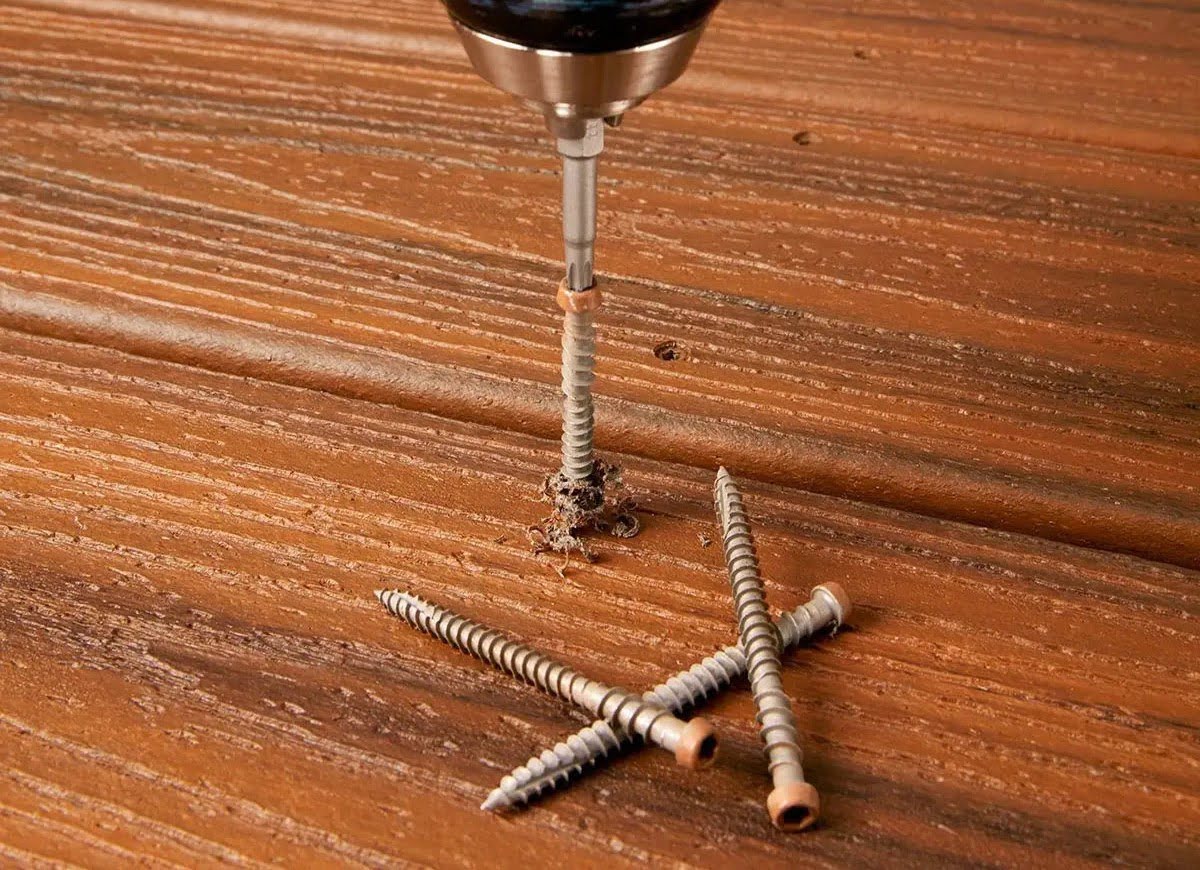
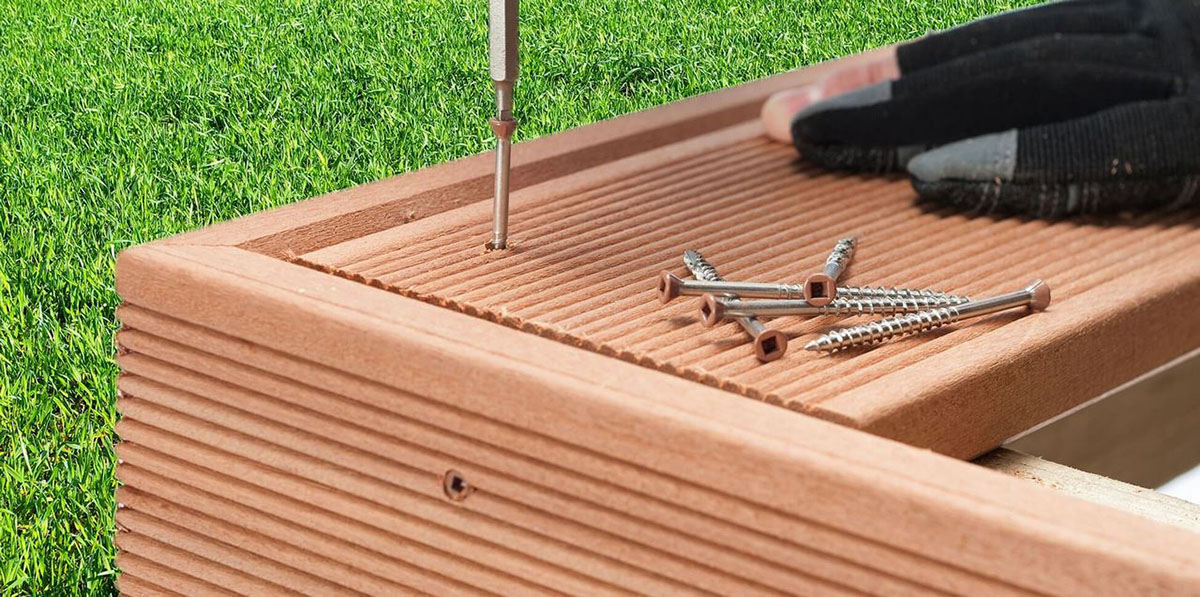

0 thoughts on “What Wood To Use For Decking”